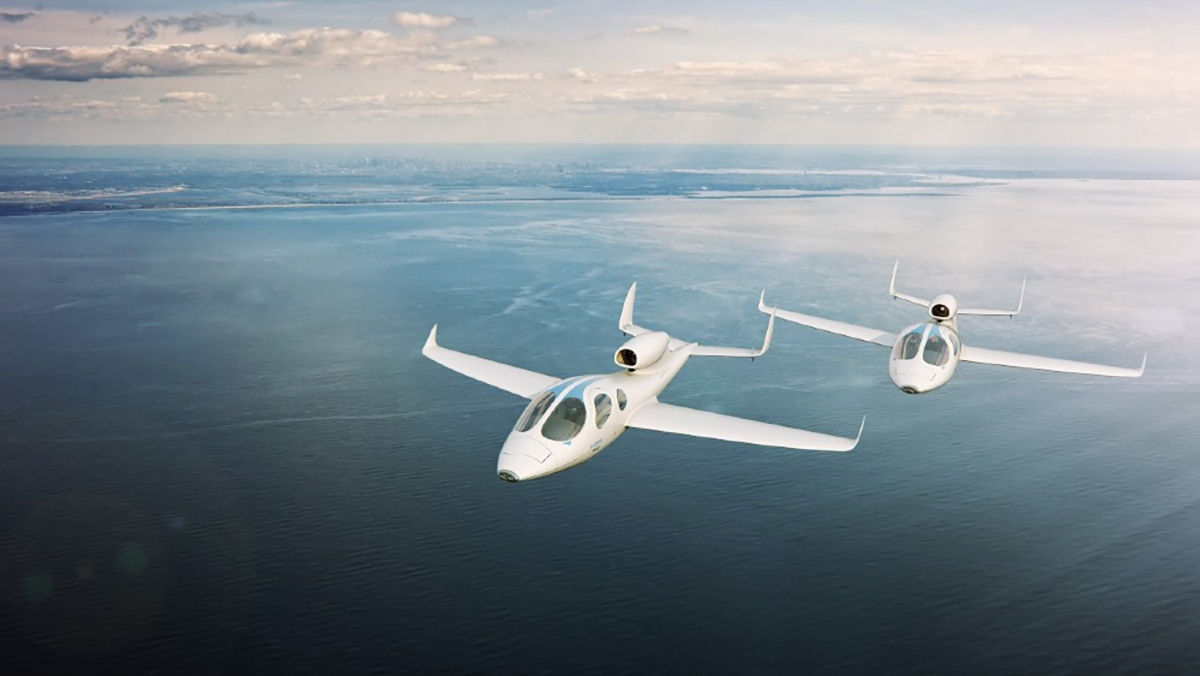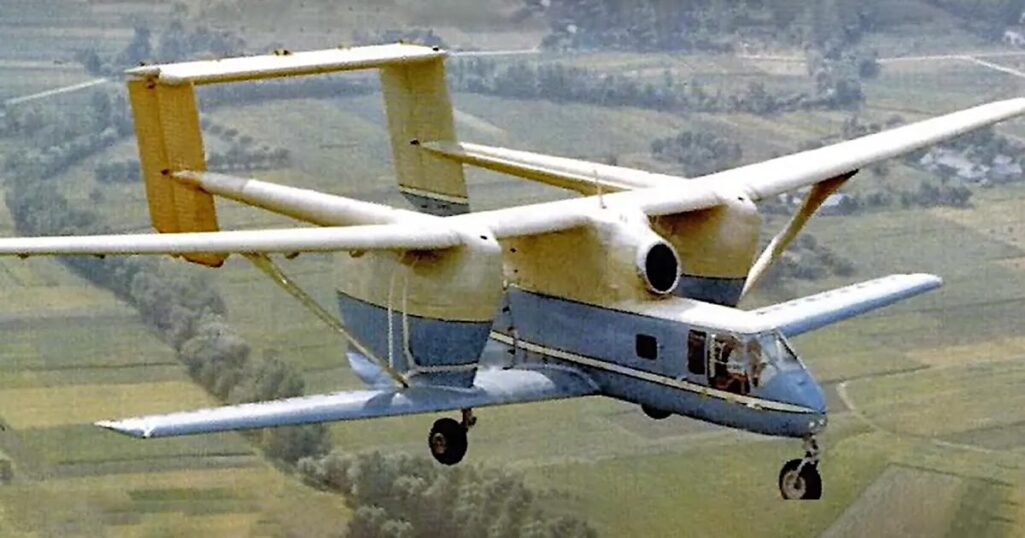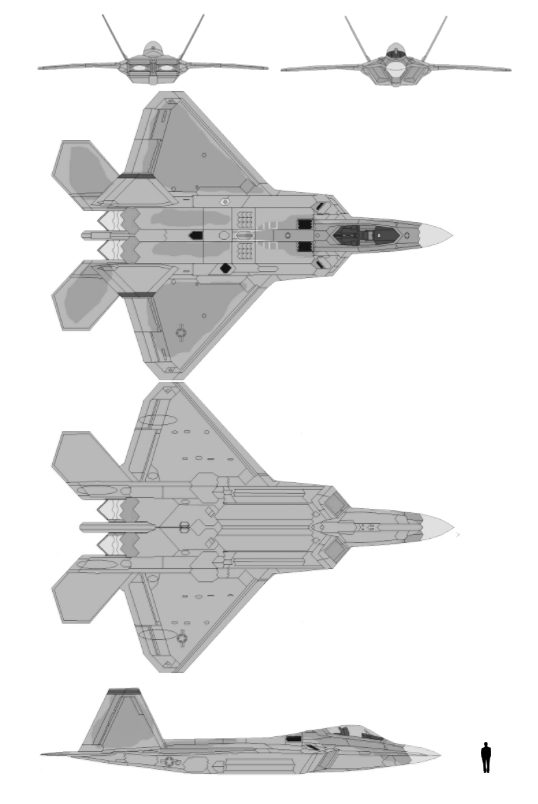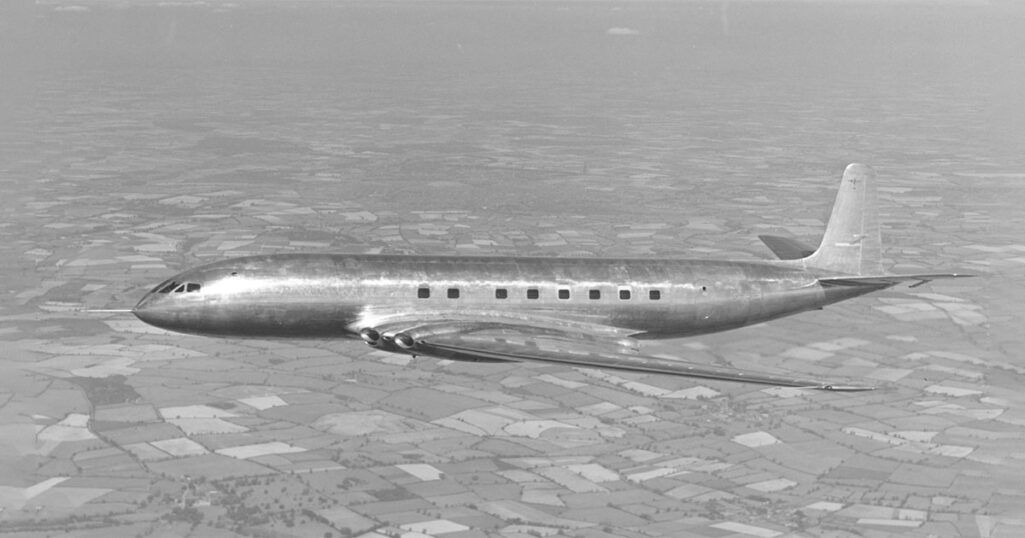
From propeller-driven biplanes to jet-powered monoplanes, military aircraft design evolved rapidly between 1930 and 1950. Until 1949, commercial aviation was dominated by huge propeller-driven aircraft.
That changed with the introduction of the first jet airliner by de Havilland in 1949. De Havilland came up with the idea for the “Comet” in 1943, and the first prototypes were built in September 1946. On July 27th, 1949, the prototype’s first flight took place.
The Comet Beginning

The de Havilland Comet, which was built at Hatfield, some 30 miles north of London, was a groundbreaking piece of aviation history. With its futuristic-looking exterior, the Comet looked to offer a degree of luxury that passenger jets hadn’t yet achieved.
Alistair Hodgson, the curator of the de Havilland Aircraft Museum, says that the de Havilland Comet made “everything else obsolete” by flying higher and faster than any other aircraft at the time. Only 36 passengers could be carried aboard the Comet, which had a smaller seating capacity than what we’ve come to expect from modern jetliners.
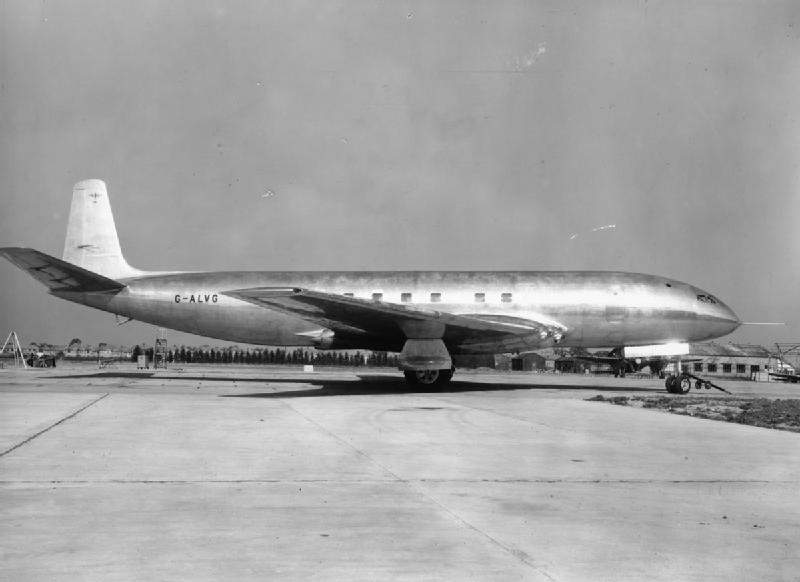
The first commercial jet service began on May 2nd, 1952, when the de Havilland Comet was put into service by BOAC. Other aircraft manufacturers were left far behind, as a new age of civil flying had begun.
Engines and Specs
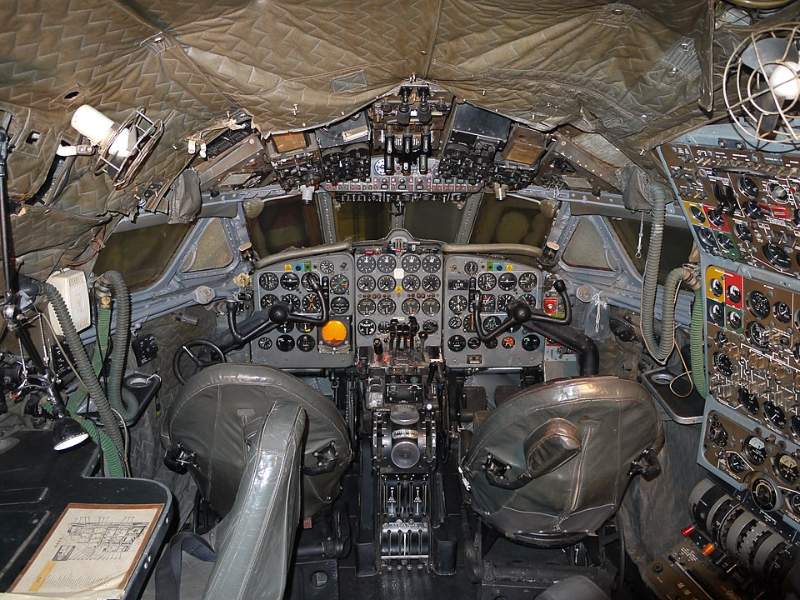
The de Havilland Engine Company Limited produced four Ghost turbojet engines for the aircraft. Ghost’s original inspiration came from the de Havilland Goblin engine, which powered the de Havilland Vampire and the first Gloster Meteor.
Due to its extended service intervals and simple construction based on Sir Frank Whittle’s early designs, the Ghost was well-suited for civil usage.
An airplane with a range of 4000 kilometers (2,500 miles) could transport 36 people at a speed of 700 kilometers per hour (450 mph). Operating the first jetliner fleet made BOAC the pride of the world’s airlines.

The aircraft’s weight and fuel consumption have to be maintained to a minimum in order to accommodate the greatest number of passengers and cargo possible. Utilizing a combination of old and new building methods, the structure was built using rivets and a process called Redux bonding.
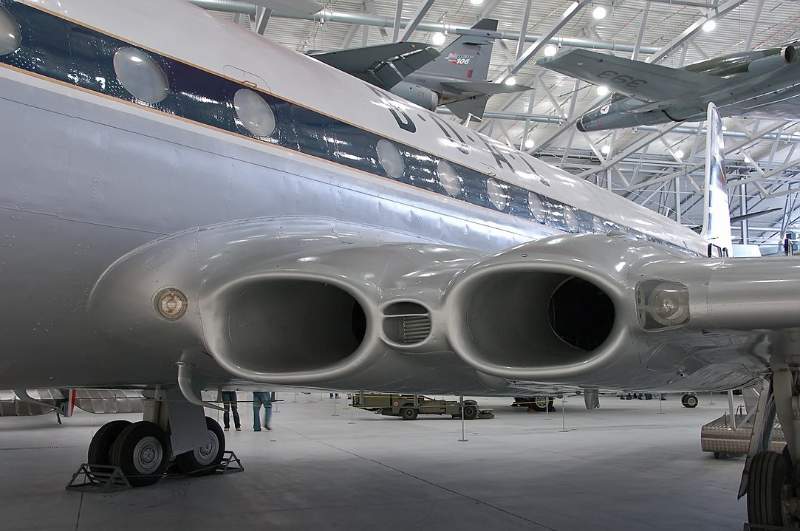
De Havilland pioneered this method with the Hornet and Dove aircraft in order to lower the weight of the aircraft while maintaining its structural integrity.
The Luxury and Comfort
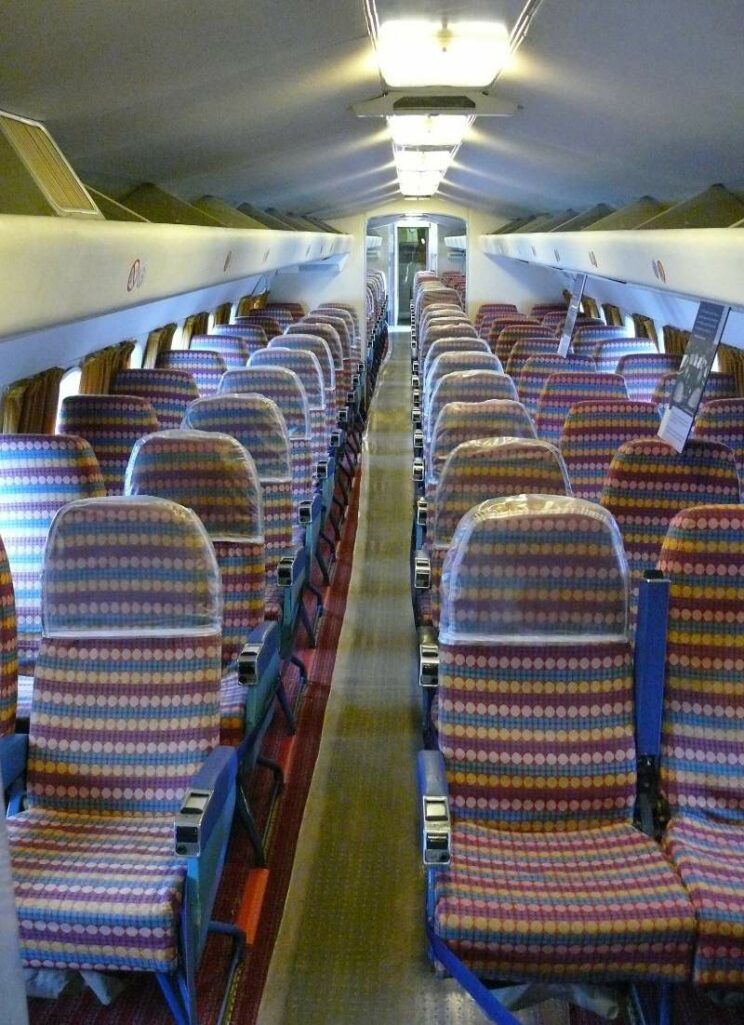
Because plane travel was still mostly limited for the rich, there weren’t many seats available. Whereas the de Havilland Comet was developed solely by engineers to offer passengers the most pleasant and luxury travel experience imaginable, today’s planes are far more focused on the economy.
The First Flight
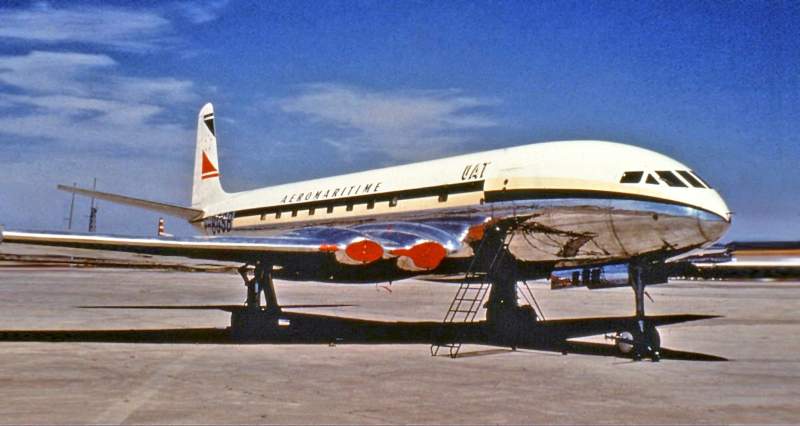
The specialists of the day weren’t exactly sure how Comet would function in real-world situations, so significant testing was required before the aircraft was put into service. Following two years of dummy flights, the Comet’s first scheduled flight took place on May 2nd, 1952.
And its initial route was a long one, from Rome, Beirut, Khartoum, Entebbe, and Livingstone, to Johannesburg. Comet’s accomplishment quickly became newsworthy because there were no other jet aircraft in use at the time!
After a few years of flying, it seemed certain that the de Havilland Comet would continue to grow in popularity. However, the plane was surrounded by several issues in the years after its first flight.
The Last Comet
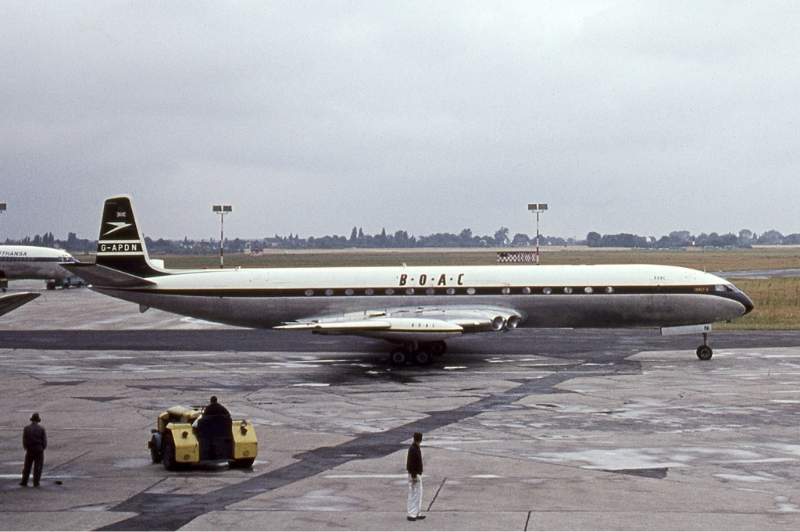
On November 21st, 1951, Air France placed an order for three Comet: 6020, 6021, and 6022, and they were the last to be built. In the beginning, this plane was registered as F-BGNZ, the French civil airliner.
On March 16th, 1953, it took to the skies for the first time, landing at Hatfield. Air France took delivery of F-BGNZ in August 1953 and used it for flights between Paris – Rome – Beirut.
The Comet Disaster
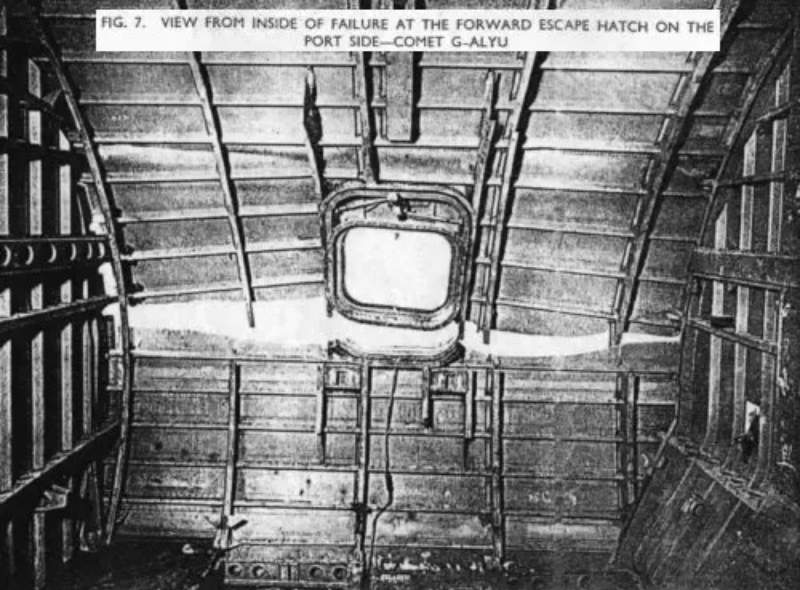
There were three fatal crashes involving Comet aircraft in the first year of operation. There have been several incidents in which an airplane broke apart mid-flight. This was the first time that metal wear had been identified as the root cause of the problem.
After the incidents, the de Havilland Comet was pulled from service as engineers and technicians worked to fix its structural problems. Problems such as insufficient welding led to a substantial airplane redesign.
After barely eighteen months in service, two airplanes vanished within three months of each other. A detailed inquiry was requested by the Secretary of State for Civil Aviation on what caused the disappearances.
The Royal Aircraft Establishment (RAE) created a court of inquiry in Farnborough to investigate this.
The Tragic End
The damage was big to the Comet name, and it was never able to regain its previous commercial success. Though the de Havilland Comet served until 1981, there were four versions of the aircraft.
Even though the Comet’s story ended tragically, the plane’s design and look had a significant impact and helped lay the road for modern air travel’s enormous success and popularity.

